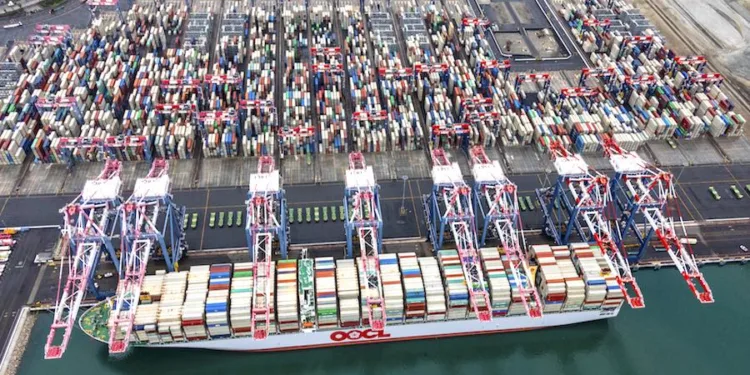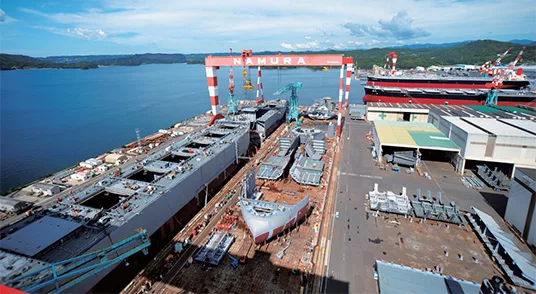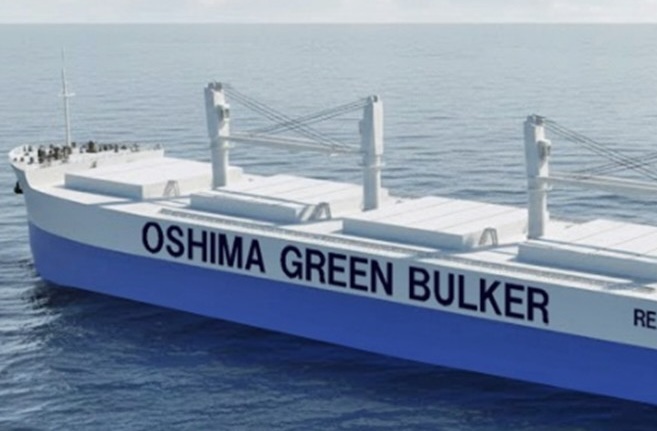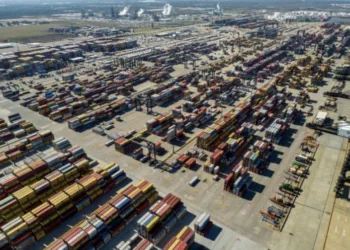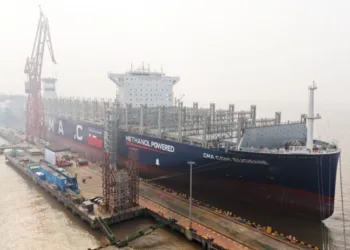Globalisation isn’t dead, but it’s changing course, writes Neil Shearing, group chief economist at Capital Economics, and author of this year’s bestseller The Fractured Age.
Commentators have been quick to declare globalisation dead. But, as is so often the case in economics, the reality is more complicated than the headlines suggest. This will have important consequences for global shipping companies.
The conventional story is that Trump’s tariffs signal the demise of the open world economy. Nations, we are told, are retreating into economic nationalism, and global trade is at risk of a 1930s-style collapse.
However, the numbers tell a different story. World trade remains near record highs and ports are still busy. If this is a new era of deglobalisation, it is a strangely open one.
That does not mean all is well. Globalisation has never been an immutable force; it has always ebbed and flowed. The free-trade heyday of the late 19th century ended abruptly with the First World War. The post-war expansion faltered in the 1970s. Today, too, the foundations are shifting – this is evident not in overall trade volumes but in the political architecture that underpins them. What is emerging is not a collapse of global commerce, but a splintering of the system into competing blocs centred on the world’s two economic and political superpowers: the United States and China. This is the subject of my new book, The Fractured Age.
Trade is not dying – it is shifting, fracturing, rerouting
Fracturing, not deglobalisation
For shipping and trade, the distinction matters. Fracturing does not mean less trade, but different trade. Shifts in the production of mobile phones are emblematic of the changes that are now underway. Five years ago nearly 70% of all mobile phones bought in the US were assembled in China. That share has now collapsed to just 25% – and more than half now come from India and Vietnam. Mobile phones are still being shipped to the US, but they are taking different routes.
Mobile phones are not the only sector where production is relocating. In 2017, one in five imports to the US came from China. Today it is closer to one in ten. US consumers are buying more from Vietnam, Mexico and India, while China exports more to Russia and other emerging economies. The big picture is not one of retreat but rerouting.
The return of geopolitics
This shift is being driven by geopolitics. Washington and Beijing are no longer making policy solely on the grounds of economic efficiency. Instead, strategic concerns are playing a greater role.
When it comes to the implications for trade, the type of goods matters enormously. Anything that touches on national security is vulnerable. Semiconductors, pharmaceutical ingredients, and so-called dual-use products with both civilian and military applications are most exposed. These supply chains are already being redirected or duplicated, with new hubs emerging in India, Mexico and parts of Southeast Asia. By contrast, the bulk of global trade in non-strategic goods – from toys and textiles to furniture and household appliances – is much less likely to be disrupted. For shipowners, that means some cargoes will continue to flow smoothly while others are diverted or face sudden blockages.
One feature of fracturing is the rise of friend-shoring – sourcing from allies rather than rivals. This will benefit certain producers, and hence certain routes. Vietnam, Mexico, and India are already gaining a larger share of US imports. Likewise, Russia has become far more dependent on Chinese markets. These shifts will not reverse easily.
Implications for shipping
For the shipping industry, the key point is that globalisation is not ending, but patterns of global trade are being redrawn. Identifying where the faultlines of this fracturing will lie – and therefore which industries and shipping routes will be most affected – will be critical. My base case is that it will be contained primarily to strategically important sectors – think phones, batteries, chips, pharmaceuticals and dual-purpose goods like drones. What’s more, I suspect that where manufacturing is relocated out of China it will shift to another low-cost country. Accordingly, the overall effect may be more, not less, shipping demand – especially if new routes lengthen voyage times.
But the risks are high. Strategic rivalry introduces volatility. New tariffs, sanctions or sudden political rifts can upend established flows overnight. Owners must prepare for swings in demand and rapid redirection of cargoes. Flexibility in fleets and routes will be at a premium.
The age when trade could be assumed to grow smoothly in a borderless world is over. Geopolitical power now matters more than multilateral processes. But trade is not dying – it is shifting, fracturing, rerouting. For shipowners and traders alike, the task is not to mourn globalisation’s passing, but to adapt to its new, fractured form.
Want to read more? Buy Neil’s new book.



